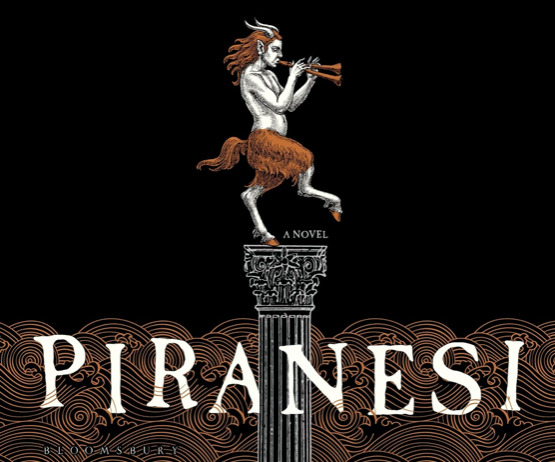
Jonathan Strange & Mr Norrell fans, it's a good fall. (credit: https://www.amazon.com/dp/163557563X/?tag=arstech20-20
Do fairies exist? To steal us away, to cast curses, to impurify our bloodlines? Let’s say yes. We have artists, don’t we? Sensitive types, so fragile and retreating. The best of them seem touched by an otherness, an otherlandishness, of being. Maybe a small part of their humanity was bargained away without their knowing. A pinky finger. A left eyeball. That’s why they don’t stomp through the world as the rest of us do, very loudly. On those rare occasions when they’re seen to leave their homes, they sort of flicker—fairly float—across the way. Whatever you do, don’t startle the fairy-people, or you’ll scare them off. Just look at what befell Susanna Clarke.
In 2004, Clarke published what can only be described as her first dispatch from the land of Faerie. Ten years in the making and 846 (footnoted!) pages long, Jonathan Strange & Mr Norrell was ethnography, lore. It was as if she’d been there, to England, at the time of Napoleon, when those two infamous magicians, the bookworm Norrell and his perky pupil Strange, tapped into unearthly powers to impress politicians, move mountains, and defeat the French. That’s not how it happened, you say? Why, yes it is. You simply haven’t read your hidden history.

The events that followed only proved Clarke’s preternatural pedigree. After the publication, in 2006, of The Ladies of Grace Adieu and Other Stories, a collection of fairy tales written around the same time, and in the same world, as Strange & Norrell, Clarke went poof. Yumpy. Far, far away. For 14 years. The official story was debilitating mental illness—housebound, couldn’t write—but clearly her fairy patrons had come for her, to reclaim their erstwhile princess. Or else they meant to punish Clarke for her betrayal, for spilling their precious secrets, by enfuzzing her beautiful brain. Something like that. The ways and reasons of the Fae are little known to common folk.
No comments:
Post a Comment